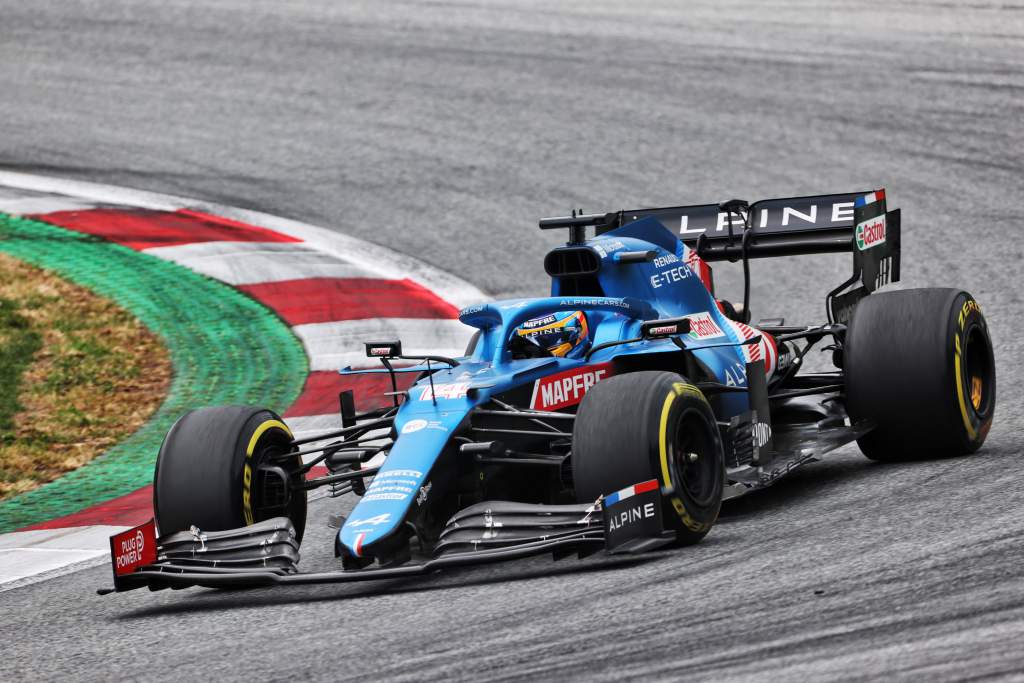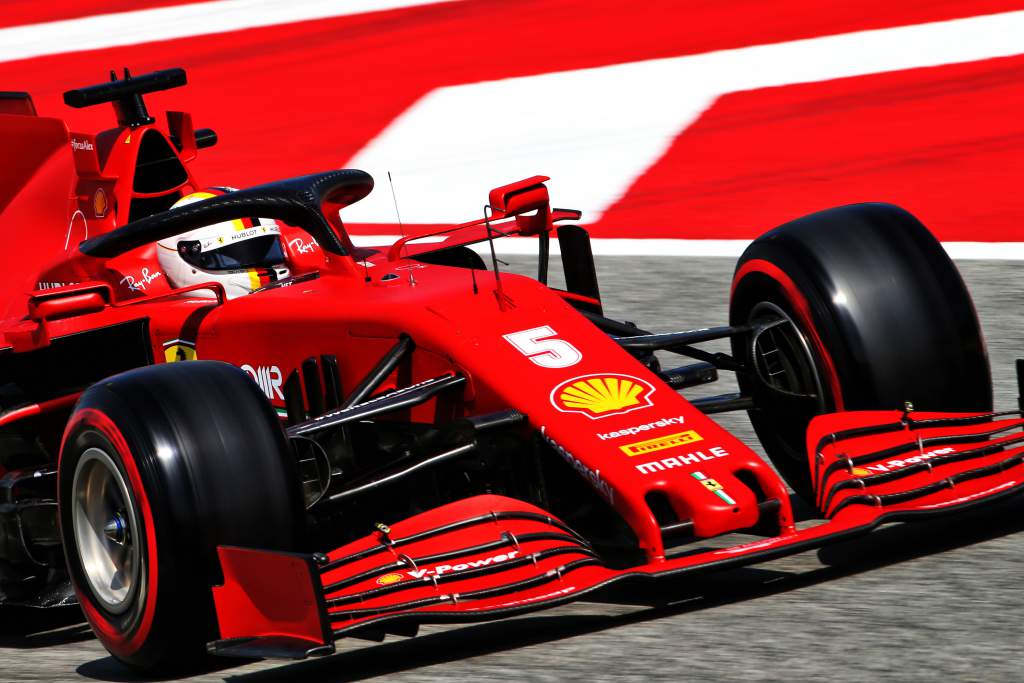Up Next

Alpine’s decision to give Esteban Ocon a new chassis and make “extensive changes” to his car for Formula 1’s British Grand Prix is a move that could have technical and mental benefits.
Ocon’s strong start to 2021 netted him a new, long-term contract with Alpine but he has failed to score a point since signing it.
He and the team will point out that correlation does not equal causation.
Instead, Ocon has felt that something is amiss with his A521 and said during the recent Austrian double-header that he wanted major changes. Alpine is granting his wish.
“Esteban had two difficult races in Austria and we’re still investigating whether there are any technical reasons behind it,” said Alpine executive director Marcin Budkowski ahead of the British GP this weekend.
“To eradicate any doubt, the team has made the decision to make extensive changes to his car for Silverstone, including a new chassis.
“Esteban performed very strongly at the start of the season and qualified the car on the third row of the grid on merit at two races in a row just a few weekends ago, so we are working together to make sure he bounces back, and this weekend is the perfect opportunity to do that.”

Without a sign of something going genuinely wrong in the car, something breaking or not working how it should be, it has been difficult to understand how Ocon might suddenly have been held back by his machinery.
He had looked the superior driver alongside two-time world champion Fernando Alonso and had shown some great peaks in the first part of the season.
Ocon almost seems convinced the car has a certain limitation and therefore there’s nothing he can do to change that
We knew those first few races would not be Alonso at his best, as he found his feet in F1 again. And it was expected that a race-sharp Alonso would edge Ocon in the end.
But at this stage, so close to when Ocon was doing so well and had an advantage, it was much more likely that Alonso would simply haul himself level. Instead we’ve had a situation where Ocon has been completely overtaken.
Of course it could have been as simple as Ocon not hooking it up. But that seems unlikely four weekends in a row given the form shown prior to that.
They’ve cut different figures at recent events. Ocon is on a four-race point-less streak whereas Alonso’s one of only three drivers who has scored points in all of those races. There’s such a big difference that the idea that something has gone wrong is not ridiculous.
Linked to that is another factor: mindset. Ocon has had the look of a driver, on-track and off it, who seems slightly defeated. He almost seems convinced the car has a certain limitation and therefore there’s nothing he can do to change that.
Whereas Alonso, famed for his ability to find a way around most limitations, is visibly harrying the car more on track. He’s refusing to accept what the car wants to do and is forcing it to respond to his liking. Different inputs breed different outputs.

If Ocon has become a bit stuck in trying to work with his machinery, then there could be a psychological benefit to a new chassis and these “extensive changes”. Maybe it will help him shake some invisible shackles – it should certainly give him 100% faith in his tools.
A similar thing happened last year amid Sebastian Vettel’s blatant early struggles in his farewell Ferrari season.
When Ferrari swapped his chassis, despite openly admitting it was not expected to have a performance defect, our technical expert Gary Anderson wrote:
“Sometimes when things are not going to plan something needs to be done – forget the fact of whether it is the right or wrong thing or whatever the real reason for it was, it’s sometimes best to just get on with it.
“You can have a problem with the chassis that has a real impact on performance, perhaps a crack that leads to some flexibility or some damage around the suspension pick-up points that means the suspension isn’t as stiff as it should be. Very little movement in a suspension pick-up can cause various problems that means it is more difficult to move loads around the car with set-up changes.
“Drivers can sometimes get into a difficult mindset where there will always be something wrong that explains their struggles. Maybe they think a kerb strike cracked the chassis, so you change that – and any number of things – to try to free up the driver’s mind.
“I’ve been in this situation many times as a technical director. Mentally the driver believes there’s something wrong and you have to wipe the slate clean to help them get back to a good place and be able to get a good result.”

Ocon’s case isn’t quite the same as Vettel’s because there is a slightly stronger reason to suspect there could be an underlying fault being addressed with these changes. Alpine certainly seems much more committed to the idea than Ferrari was.
Maybe there will be a dual benefit from this action. Ocon’s decline was so sharp that it just doesn’t seem like a driver slightly underperforming. It’s possible there was something under the skin of his car that wasn’t doing what it should be. That will unlock some performance.
But so will Ocon being at his personal best, being active behind the wheel rather than passive.







